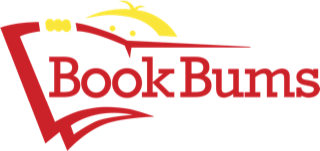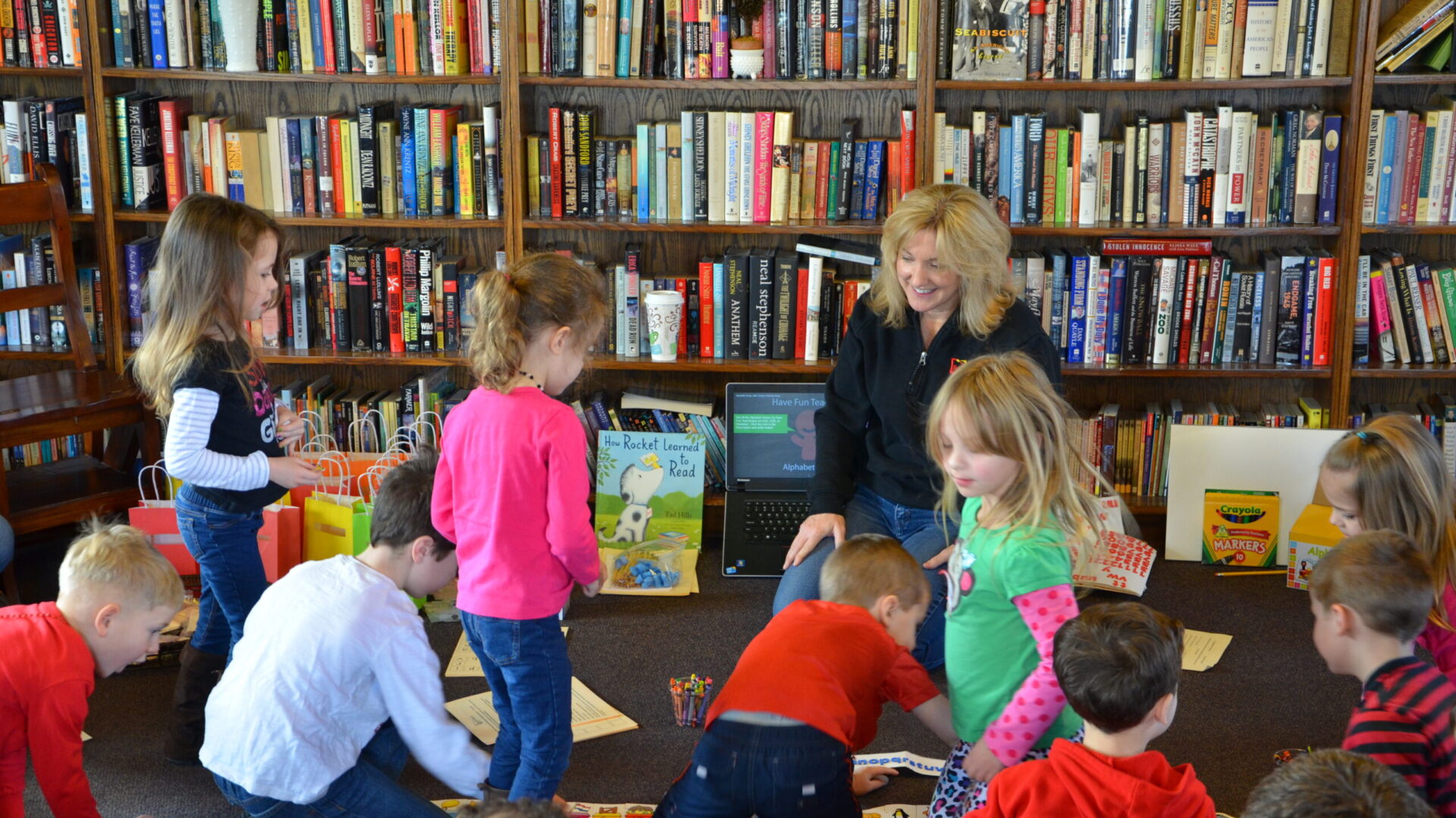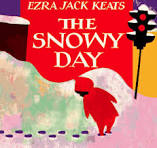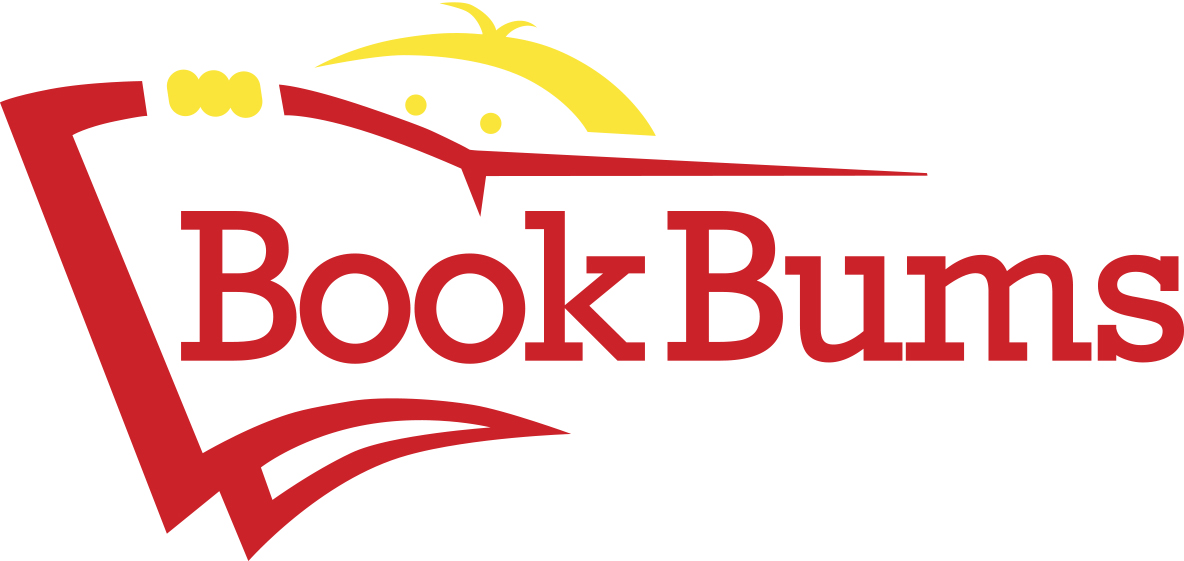
Hello Book Bums families!
This week in the newsletter Dr. Christy shares how you can use a simple picture book to explore new writing techniques. We also have some exciting podcast news!
In the Literary Calendar section of this installment, we share some information about Erma Bombeck. She has so many quotable quotes, it was hard to choose what to include, so you get a bonus quote to kick things off. We hope that here at Book Bums we're doing our best to share everything we know and use all our skills to help kids and parents learn to love reading and language!
"When I stand before God at the end of my life, I would hope that I would not have a single bit of talent left, and could say,
'I used everything you gave me.' "
-Erma Bombeck
Bookbums.com is an Amazon Associate; We earn from qualifying purchases. This means that if you click on a link to Amazon.com and make a purchase, We may earn a small commission at no extra cost to you. We do recommend the products. Feel free to find them by other means.
Word of the Week
stamina (sta-mih-nuh) noun/person, place, or thing - endurance, staying power
After summer break, students need to rebuild their stamina for being in the classroom learning and working with others all day.
Literary Calendar
• February 21 is the birthday of Erma Bombeck.
• Born in Dayton, and proud graduate of UD, Bombeck wrote a syndicated newspaper column for over 30 years.
• She is famous for her humor about Midwestern, middle-class life.
From our Bookshelves
The Snowy Day is a popular children’s picture book that’s an absolute delight. This Caldecott Medal winner holds additional significance because it is one of the first books ever published featuring a non-caricatured black protagonist.
It was published only 62 years ago.
Ezra Jack Keats (1916-1983) was an American author who began breaking color barriers in children’s literature. He based the lives of his multiracial characters on his childhood in Brooklyn NY. Keats’ books also included loving parents, friends, and pets.
Representation in children's literature is essential for fostering a sense of identity among young readers while also promoting empathy and understanding for people from different cultures and perspectives.
Ezra Jack Keats was an American writer and illustrator who wrote 22 children’s books and illustrated at least 70 more in his signature collage art style.

“If we could see each other exactly as the other is,
this would be a different world.”
-Ezra Jack Keats
Wordology Workshop
• The word protagonist comes from two Greek words: protos, meaning first or most important, and agonistes meaning actor.
• The root proto is common in other English words such as prototype, protocol, and protozoan.
• In each example, can you see the connection to being first?
Tips for Families
I just finished filling in my calendar for this new year (fully acknowledging that it’s almost March); but I thought you might want to add some annual festivals being held in 2025 to yours, so I’m sharing them here.
Placing events like these on your calendar is a reminder to yourself that you are interested making some time for family fun. If we don’t plan for it, it’s less likely to happen. So, whether it’s a festival or two or something else you’d like to do with those you love the most, you may want to pencil in some FUN!
If you’re local, simply click this link to find lots of activities your family might enjoy. If you’re not local, a quick Google search is all it takes to discover the events your county is hosting.
Tips for Raising Readers and Writers
I often share ideas for parents (and anyone else who has an interest and opportunity) to engage with kids with the aim of enhancing their reading and writing skills.
Recently, when talking with a parent whose child is being tutored at Book Bums, I was reminded that parents are receiving work from school with the expectation that they help their kids to complete it.
I want you to know that the activities I’m sharing should feel nothing like that work. It should not be work that is rewarded either. It should feel like it IS the reward. Oh, I remember being a mom when my kids were younger. In the later elementary grades I did get some pushback at times, but that didn’t mean we didn’t do the work. We did it; but I made sure it felt a bit special, and the tasks I did were tasks that felt rewarding for simply having done them.
Among the most treasured writing lessons I did with my kids is the copy-craft activities where we took a simple picture book, like The Snowy Day and, page by page, noted the craft moves made by the author. Then, we’d try at least one of those craft moves in our own writing.
In The Snowy Day, for example, we noted the onomatopoeic words (Crunch, crunch, crunch), the way pictures are used to extend the text (He walked with his toes pointing out, like this: ), the stretched out words (s-l-o-w-l-y), the mystery of saving some text for the next page, the use of hyphens (It was a stick – a stick just right for…), the strategic placement of words on a page, how authors show their characters’ internal feelings (He thought . . .), the use of alliteration (So he made a smiling snowman . . .), the teaching of a lesson (he put the snowball in his pocket for tomorrow. Then he walked into his warm house.), the use of repetition (And he thought, and thought, and thought about them.), how illustrations help to tell the story, and so much more.
This is a short and simple activity that can yield some magical moments. All you need is some paper, a pencil or two, and a little time to explore a great book where you notice and try using craft moves the author used to make the book special.
Tips for Teachers
At Book Bums, we’ve been talking about teachers reading chapter books with their students—specifically in a tutoring situation. We hadn’t realized that many teachers were unclear about how this time reading chapter books with students should look.
First, we never task a student with reading a chapter book if that student has not been sufficiently equipped to decode the words on the pages. That’s an unfair ask and we’re promoting the bad habit of word guessing. Is it any wonder so many kids hate to read? Too often, they don’t know what many of the words say. These kids either mumble through words, skip them altogether, or say some word that looks similar.
However, when teachers have sufficiently equipped their students to decode most every word they’ll come to in a grade level appropriate text, the students must do the reading. The teacher may get the student started with a paragraph—maybe two, but the student should be reading every word on every page for increasing stretches of time. The tutor’s job is to simply coach the student to use what s/he knows, providing reminders, encouragement and praise, and then to ensure comprehension is maintained. The teacher should be looking at a second copy of the text and ensuring that every word is read accurately.
Of course, the teacher will also be clarifying word meanings; discussing big ideas; ensuring kids recognize that each new paragraph signals a new time, location, speaker; promoting prosodic reading, and so much more, but outside of the teacher providing examples, the student is doing all of the reading.
Most of our students’ skills are measured using nationally normed assessments, and for third graders to score well, they must have the stamina to read for about an hour and a half. We owe it to our students to help them gain the skills needed to be successful on those measures. That means the student is doing the reading for longer and longer stretches during each and every tutoring session.
News from Book Bums
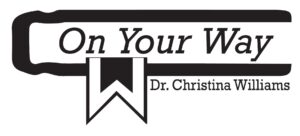
This time next week, you should be able to hear our first podcast. (Fingers crossed!) On Your Way is a podcast created to equip teachers who are on their way to using science-driven practices in their classrooms or where they’re tutoring . . . while they’re on their way to work.
With each podcast, Dr. Christy will share practical, bite-sized teaching tips that are sure to promote lasting, positive impact within any instructional setting where beginning or struggling readers and writers are being served.
Teachers have a lot on their plates. On Your Way will help educators to cut the fluff and to get really intentional about helping kids to master the essentials (with a strong focus on FUN--for the teachers AND the kids they're serving) while moving students from struggling to soaring, fast!
If you have questions or ideas that you’d like Dr. Christy to address, please email her at christy@bookbums.com.
Practical Grammar
In this video clip, Dr. Dennis Kimbro shares that though there are 600,000 words in the English language, the average American adult uses only 1,200 of them. I sure hope this newsletter inspires you to use some new, interesting words in your daily communications.
This Practical Grammar section can help to ensure that we’re using some of those tricky words correctly.
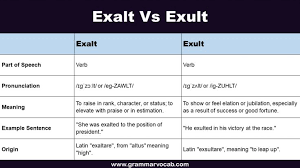
exult vs exalt
ex·ult /iɡˈzəlt/ verb
To exult is to be extremely joyful.
Should they win, they will exult in their victory.
ex·alt /iɡˈzôlt/ verb
To exalt someone is to praise them highly or raise them to a higher position.
He’s a man who is hated by some and exalted by others.
Just for Fun
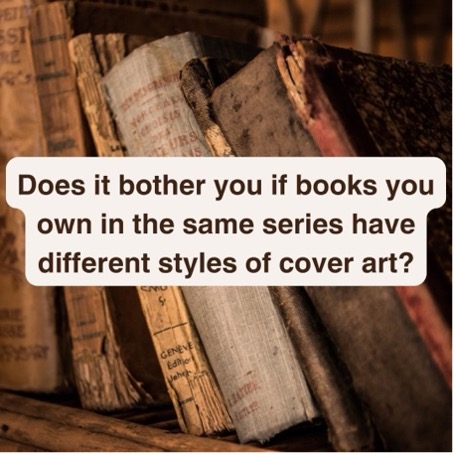
Um . . . Yes.
If you know someone who would benefit from our newsletter or tutoring at Book Bums, please share this email with them! Thank you.
Copyright © 2024 Book Bums, All rights reserved
Our mailing address is:
7967 Cincinnati-Dayton Road Suite L
West Chester, OH 45069
